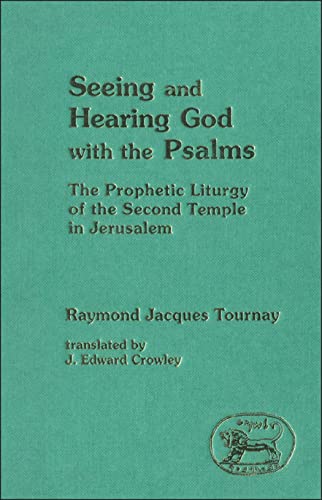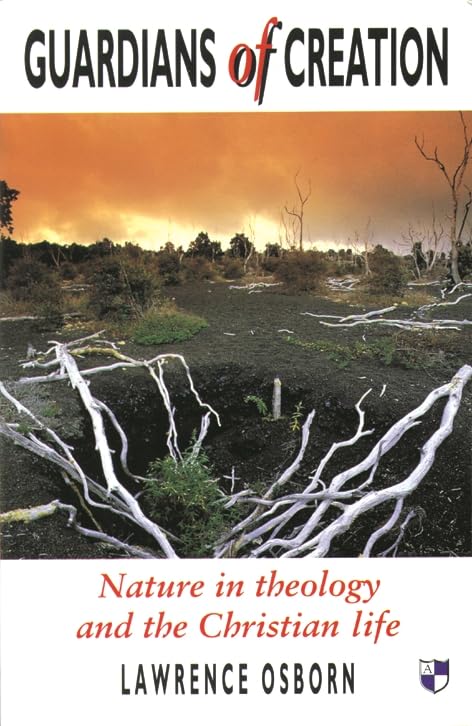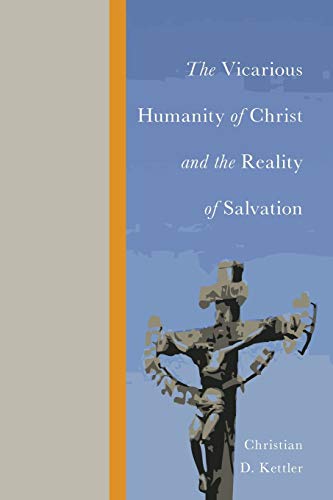A Theological Introduction to the New Testament
Written by Eduard Schweizer Reviewed By John P. HarrisonFor Schweizer, a NT introduction should do two things. First, it should give a feel for what kind of ‘life’ a tradition or saying had before any NT book was written. Second, it should highlight not only questions concerning the unity, date and authorship of each work but what each work indicates about the development in theological reflection. This is a more preferred approach than the method which assigns references under major headings (i.e. eschatology, salvation, ethics).
Chapter 1 takes up the first task by discussing how the traditions about Jesus and his sayings were initially remembered and transmitted by the church’s prophets, ‘scribes’ and in their liturgy. It also treats the subject of how they came to be written and preserved (i.e. the development of ‘Q’).
In the remaining chapters the second task is picked up. The letters of Paul (1 Thessalonians, 1 and 2 Corinthians, Galatians, Philippians, Philemon and Romans) are laid out in ch. 2 to reconstruct a plausible process of how Paul reflected progressively on major theological questions. 1 Thessalonians shows that Paul’s early emphasis was on sanctification in light of the nearing parousia. Later on he needs to be more precise about how faith is lived. This resulted in 1 Corinthians. 2 Corinthians reflects a further stage in which Paul must now confront allegations against his apostolic authority. By the time Galatians is written, he has thoroughly thought through the ideas of 1 Thessalonians but now in light of obedience to the law. In Philippians, Paul sharpens previous issues and proceeds more fully with the idea that one cannot compete one’s own righteousness with God’s. Philemon is a good illustration of how theology and life become united in Paul’s mind.
Ch. 3 looks for reflections attested by the letters of Paul’s disciples (Colossians, Ephesians, 2 Thessalonians and the pastoral letters). Colossians’ cosmic Christology, Ephesians’ united bride in Christ, 2 Thessalonians’ theme of persecution, and the pastoral letters’ notions of Gnosis and church order are all indicators of communities which have left behind to some extent the issues of an earlier period.
Turning to other letters (Hebrews, James, 1 and 2 Peter, and Jude) in ch. 4, again the question is asked, How are communities applying their faith to new situations and questions? Teachings of the demise of the old cult, cheap grace, the new Gentile priesthood, and the threat of Gnosticism demonstrate that a church has once again moved forward to reinterpret its faith in line with new pressing issues of identification.
The synoptic gospels and Acts are treated in ch. 5 not in the order in which they appear in our canon, but in the order which best explains a chronological process of reflection. Beginning with Mark’s emphasis on the ‘Messianic Secret’ and a particular theology of the cross, we move to Matthew’s identification of the Jesus Community as Israel with its own ‘constitutional law’ of love, and then on to Luke’s gospel with its view of salvation history. The contribution of the book of Acts is its reflection of the church and the apostles as the continuation of Jesus’ purpose and its doctrines of baptism and authority.
Ch. 6 sketches the central reflection of the Johannine material. John’s gospel is unique in its thoughts about the ‘I am’ sayings of Jesus, the coming paraclete, and dualistic features which address a persecuted and anxious church. Like the author of the gospel, the author of the Johannine letters is interested in a church vs.the world dualism and in refuting any new conception of the church.
In ch. 7 the book of Revelation is viewed with its theology which is shadowed by an overflowing abundance of images. Its thrust is that God is coming, and woe to those who resist the powers and people influenced by the images.
In an afterword, Schweizer concludes his introduction with remarks about the development and nature of the canon in light of the above reconstruction. The canon has relative authority. It has relative authority because these writings were written at particular stages and for particular dangers and hopes. It has authoritybecause every new formulation of the gospel message today must be measured against the church’s experiences of Jesus in the NT. Therefore, the variety of the NT canon acts as a guideline which allows new developments in the expression of faith while at the same time establishing a perpetual demarcation for faithlessness.
Readers will find Schweizer’s cross between an introduction to the NT and an introduction to NT theology a fresh approach to the question of our canon’s development. Containing a minimum of notes, it is written clearly, making it accessible for a wide audience and no doubt a wide debate.
John P. Harrison
New College, Edinburgh







